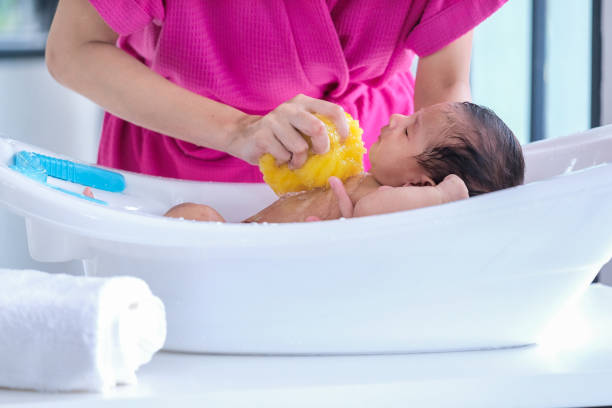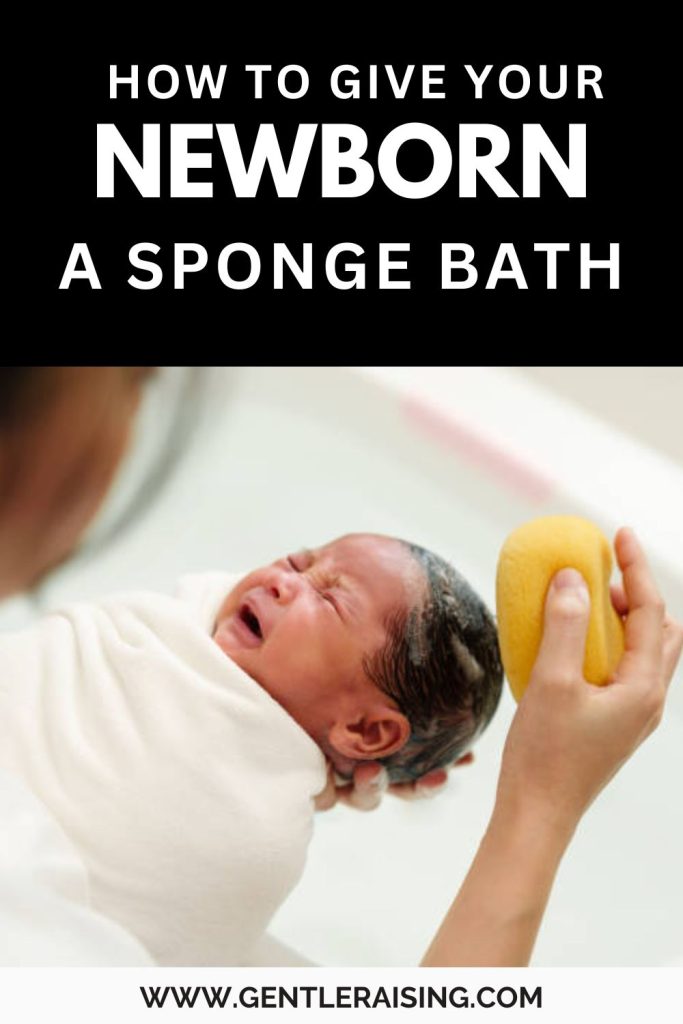If you’re here, you’ve probably just welcomed a tiny, squishy, impossibly soft human into your life. Congrats. And if you’re also feeling a mix of awe and “oh my God, what now?” welcome to the club.
You’re not alone. That first sponge bath? It can feel weirdly high-stakes. But don’t worry; we’ll walk through it together, step by gentle step.
Because really, this isn’t just about getting your baby clean. It’s about building trust, bonding, and showing your little one that your hands are a safe, warm place to land.
Why a Sponge Bath and Not a Regular Bath Yet?
Okay, so here’s the thing: newborns aren’t ready for full immersion baths until their umbilical cord stump falls off, usually around the two-week mark. Until then, it’s sponge baths only.
Think of it like cleaning a delicate fruit. You wouldn’t dunk a peach in a tub of water and scrub it, right? Newborn skin is sensitive and still adjusting to the outside world. Sponge baths are gentler, safer, and honestly… less messy (unless your baby is a pee ninja, in which case, game on).
What You’ll Need (a.k.a. Your Newborn Bath Kit)
You don’t need fancy gadgets or high-end bath setups. Just a few basics, and you’re good to go:
- Soft baby washcloths (2-3)
- A bowl or basin of warm water (not hot, think comfy bathwater temperature, around 37°C / 98.6°F)
- Gentle, fragrance-free baby soap (if you use any at all)
- A clean towel (preferably hooded)
- A fresh diaper
- Clean clothes
- Optional: A warm room, soft music, a little post-bath cuddle blanket
Pro tip? Test the water with your wrist, not your hand. Your hand can handle heat better than a baby’s skin can.
Set the Mood: Warm, Calm, and Chill (Literally)
Babies can lose body heat super fast. So make sure the room is warm enough, ideally 24°C to 26°C (about 75-78°F). Close windows. Put your phone on silent. Maybe hum a lullaby or play something soft in the background.
Also, lay everything out before you start. Because once you begin, you won’t want to leave your baby’s side. Think of it like a cooking show where all the ingredients are prepped. Except instead of baking muffins, you’re wiping tiny toes.
Step-by-Step: The Actual Sponge Bath Part
Let’s get into it. You can do this on a flat surface like a changing table, bed, or even a padded mat on the floor.
- Undress Your Baby, but Leave the Diaper On
Wrap them in a towel to keep them warm, exposing only the part you’re washing. Start from the top down. - Eyes First
Dip a clean washcloth in warm water (no soap), wring it out, and gently wipe one eye from the inner corner outward. Use a clean part of the cloth for the other eye. - Face and Neck Rolls
Still using just water, gently clean the face, nose area, and neck folds. You’ll be amazed d what can hide in those neck folds. Like, how does milk get in there?! - Arms, Hands, and Chest
Switch to a soapy washcloth if you’re using soap. Rinse with another clean, damp cloth. Don’t forget underarms and between tiny fingers. - Back and Tummy
Turn them slightly on their side if needed (support the head and neck!) and gently clean their back. Same for the tummy, avoiding the umbilical cord stump, keep it dry. - Legs and Feet
Chubby thighs and tiny toes? Clean thoroughly but gently. - Diaper Area Last
Take off the diaper and clean front to back, especially for girls. For boys, watch out for sudden fountains. Use a new cloth for this part, and be extra gentle.
Dry Time: Gentle and Snuggly
Pat your baby dry, don’t rub. Their skin is still adjusting to, well, Earth. Make sure the diaper area and neck folds are totally dry before putting on a fresh diaper and clothes. And hey, if they seem chill, this is a lovely time for a little massage with fragrance-free baby lotion.
Also: take a second to breathe it in. That post-bath baby smell? Better than any candle.
How Often Should You Sponge Bath a Newborn?
Here’s the surprising part: not daily. Two to three times a week is plenty. Daily sponge baths can dry out their skin. But of course, clean the diaper area with every change and wipe down messy spots (like post-spit-up zones) as needed.
Things That Might Happen (and That’s Okay)
- They cry. Yep. Totally normal. It’s a new sensation, and babies love familiarity.
- They poop mid-bath. It happens. Just pause, clean up, and reset.
- They pee on you. Welcome to the club.
- They love it. Some babies take to sponge baths like it’s a spa treatment. Milk drunk and calm afterwards.
Just like everything else in parenthood, it takes a few tries to find your rhythm. Go easy on yourself.
When to Level Up to Real Baths
Once the umbilical cord stump falls off and heals completely (usually by week two), you can introduce tub baths. Start slow. Use a baby tub with a gentle incline or support, keep the water shallow and warm, and always have one hand on your baby. No exceptions.
And by the way? That first real bath? Get your camera ready. It’s one for the baby book.
A Few Extra Tips for New Parents
- Don’t stress if you forget a step. Just keep your baby safe and warm.
- If you live in a cold climate, warm the towel slightly beforehand.
- Avoid using powder or scented lotions, as they can irritate the skin.
- Talk to your baby during the bath. Your voice is the most soothing sound in their world.
Final Thoughts: It’s More Than a Bath
Sure, you’re cleaning your baby. But you’re also showing them love, security, and consistency. You’re letting them know that even though this world is big and loud and bright, they have you.
And honestly? That’s everything.
So the next time bath day rolls around, don’t worry about doing it “perfectly.” Just focus on being present. That’s the part your baby will feel most.
And if you forget which part to wash next? Don’t sweat it. You’ll both figure it out together.

